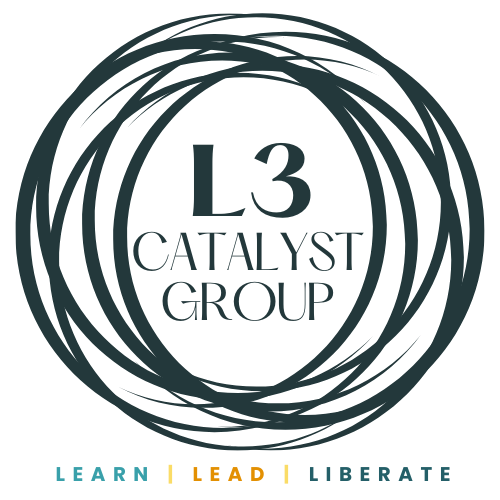Community Engagement for Growth
Today, we hear from Selma Tucker, a brilliant, brave, and badass human who has bravely shared his experience navigating what healthy community engagement looks like.
At least once a month in 2024, we will hear from humans who help us see learning, leadership, and liberation in new and everyday ways, holding the precious truths and focusing our eyes to see.

Heartfelt thanks to you, Selma, for sharing your wise reflections with us.
Fellow leaders and learners, I wish you courage, rest, and beloved community along the journey.

Michigan has a growth problem. Since 1958, Michigan’s population has grown at only a third of the national rate. Fast-forward to 2024, and state demographers are projecting the state’s annual growth to reverse into a population deficit, resulting in a loss of 700,000 residents by 2050.
The drivers of this decline are well-known. And while the solutions are less well-known, the governor’s Growing Michigan Together Council tries to tackle both. The Council discusses the fact that too many of our young people head for other states after graduating high school or college. Our economy underperforms in terms of the median income it provides residents owing mostly to low education attainment and an overreliance on manufacturing. The state’s infrastructure is mediocre at best. Our communities are just not competitive on quality-of-life factors, including charm and vibrancy, cost and quality of housing, mobility and transportation, arts and culture, access to natural resources, and health outcomes.
Communities have been leading the response to many of these issues and are making progress.
Our population centers, Detroit and Grand Rapids, have been on a placemaking and development binge. Many small and mid-sized communities are working overtime to deliver on commitments to affordable housing and more inclusive economic development (see Traverse City, Benton Harbor, Marquette, and Buchanan).
While focusing on growth and attracting and retaining talent through development and placemaking is one good strategy many communities should pursue, we need better answers for the resulting displacement and macroeconomic trends that ravage working-class neighborhoods. Every one of the aforementioned communities is trying to answer the gentrification and displacement conundrum.
Our communities need more and better tools to craft a tailored neighborhood growth strategy.
Ideally, those tools are market-based to sustain the work while residents learn how to fuel their economic engine for better performance based on their priorities. The tools need to be applied in a way that empowers the community to partner on solving the issues that drive our experienced and projected decline. Let’s put our new powers to work on issues that institutions and residents are deeply interested in advancing, such as housing, wealth generation, population growth (bringing our people home), infrastructure, and even better learning outcomes for our children.
The partnership is the key to a bottom-up community and economic development path that leads to scale (i.e., we need a lot of housing units) and service (i.e., development contributes to resident longevity). What tools and how to use them for these objectives is a discussion for a different time. However, the partnership work must begin now in preparation for developing and using these tools to maximum effect.
Intro community engagement.
Consider how most community engagement looks today.
If residents feel like their institutions' work is not relevant or designed for them, it’s because they have no relationship—or a very bad one—with the institution and the work. Institutions use community needs, principally shaped by engagement, to justify why and how they do what they do.
The way we’re doing community engagement now does not appreciate the wisdom, ingenuity, and value residents and their community can have in a problem-solving venture.
Consider an alternative model that accounts for the relationship and partnership needed to make faster, scalable, and more meaningful change in our communities, and it looks something like this:
Here's the to-do list:
- Develop a deep and rich relationship with your community
- Refine that relationship by partnering on work residents care about (e.g., housing, wealth generation, and infrastructure)
- Document when you see and feel the elements of relationship and partnership at play; repeat and evolve those elements as part of the work
- Ensure your partnership is using market-based tools and strategies that leverage the assets working-class communities already have
Acknowledgment.
I’d like to acknowledge the City of Grand Rapids’ commitment to increasing effectiveness in its community engagement practice. That commitment made relationship-building with residents possible in an intentional project. The early learnings from that connection inform the one-way and two-way models we discussed here.
Thank you and gratitude.
A big thank you and deep sense of gratitude goes out to the City of Grand Rapids residents who gave their time, talent, and expertise to shape these models. Their contributions are increasing their ability to use their assets, including their public institutions, for meaningful growth and improved quality of life for them and their community.

What Selma is Reading & Listening to:
- What Went Wrong With Capitalism by Ruchir Sharma
- The Three Mothers by Anna Malaika Tubbs
- Confessions of a Black Conservative by Glen Loury

June 12, 2024




Comments